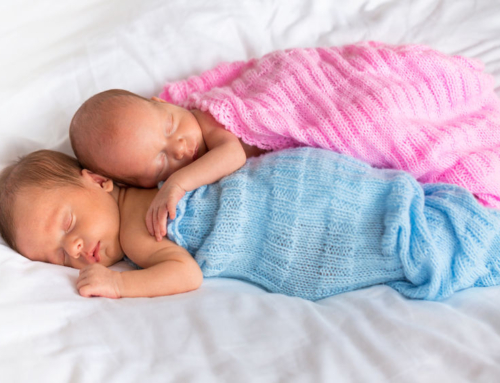A Scientific Approach To Infertility
Assisted reproductive technology (ART) includes any fertility treatment where eggs or embryos are handled outside the body. In vitro fertilization (IVF) is the most common type of ART. Pre-implantation genetic diagnosis (PGD) is a test that looks for genetic problems in the embryo. Women undergoing fertility treatment can have a great shot at success when ART, IVF, and PGD are combined to help create a baby.

Who needs fertility treatment?
There are many reasons a couple may need to seek out fertility treatments. As women age, egg quality and quantity decrease, making pregnancy more difficult. Other people have health conditions that make conception more complex, such as fibroids, endometriosis, or problems with the fallopian tube. Sometimes the male partner plays a role. Poor sperm mobility, low sperm concentration, and sperm abnormalities are all factors that make getting pregnant more challenging. Couples with a genetic condition may want to avoid passing this problem down to a child. IVF can help circumvent that possibility.
The art of ART
ART is a term used to describe any fertility procedure where eggs are removed from a woman’s ovaries, combined with sperm in the lab, and then returned to the uterus. ART procedures can involve donor eggs, donor sperm, or frozen embryos. Artificial reproductive technology may also involve the use of a surrogate. Intrauterine insemination (IUI) does not fall under the ART umbrella. Approximately 2% of all infants born in the United States annually are conceived using ART. The most common complication is the risk of multiples.
The IVF approach
In vitro fertilization is a type of ART. During IVF, a woman is given medication to stimulate the ovaries to produce eggs. Once extracted, the eggs are combined with sperm to make an embryo. The embryo is then transferred directly into the uterus. Age is the most significant factor in determining the overall success of this procedure. About 50% of IVF cycles in women under 35 will result in a live birth. For women over 42, the success rate decreases substantially to 3.9%.
Additional reassurance with PGD
Pre-implantation genetic diagnosis is an add-on reproductive technology used during IVF. This test removes a few cells from the embryo very early on to screen for genetic conditions. Anyone can use PGD during IVF treatment. However, patients with a specific genetic disorder can benefit the most. Couples at increased risk for chromosomal abnormalities due to age or previous history will also find PGD helpful. When PGD is used during IVF, the best embryo can be selected, increasing the chances of a healthy and successful pregnancy.
With science, pregnancy is possible
An infertility diagnosis can often be difficult to deal with. However, scientific advances have made pregnancy more possible now than ever before. ART, IVF, and PGD are 3 different approaches patients can consider to make the dream of a baby a reality.




